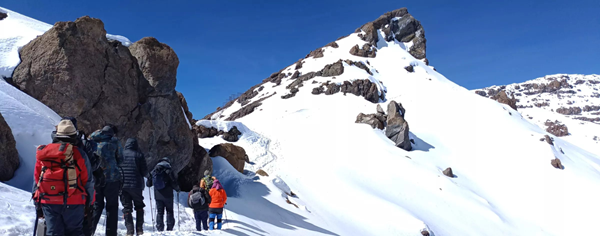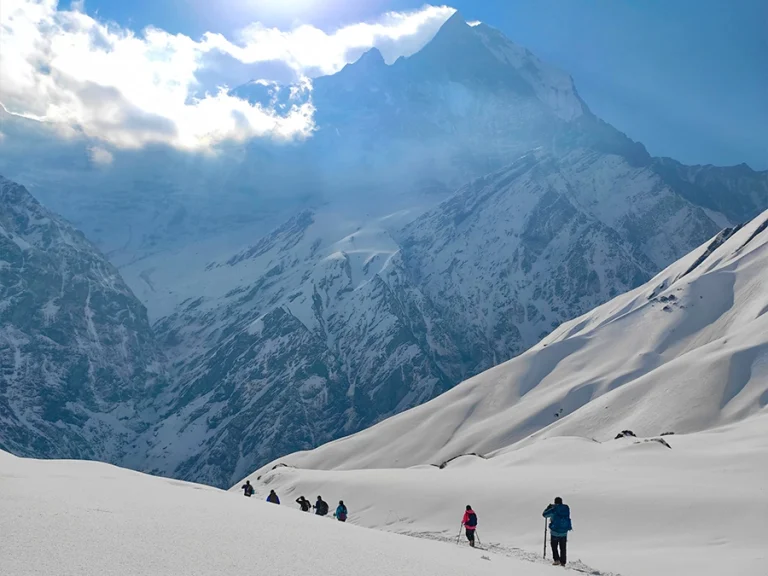System Under Stress: What Kilimanjaro Teaches About Performance and Precision
Every complex system — whether it’s a mobile device, a server network, or a human body on a mountain — faces the same test: performance under pressure. How a system responds to stress determines its efficiency, resilience, and ultimate success.
Climbers who take on Africa’s highest peak with an experienced Tanzania expedition team experience this truth firsthand. Kilimanjaro becomes a live environment for studying how variables, precision, and calibration make or break performance.
Data, Preparation, and System Design
No climber — or engineer — succeeds without a plan. Before the first step, routes are mapped, logistics optimized, and data reviewed. In technology, that’s your architecture phase; in mountaineering, it’s route planning and acclimatization.
Each decision builds system integrity. One weak point — a faulty cable or an underestimated altitude — can trigger cascading failure. Success, in both worlds, depends on small adjustments executed consistently.
Managing Load and Temperature
Every high-performing system faces two constants: load and heat. For climbers, that means altitude and fatigue. For processors, it’s power draw and thermal regulation.
Understanding mountain climate is crucial — temperatures shift from 25°C at the base to below –15°C at the summit. Equipment, physiology, and timing all have to adapt dynamically. The same logic governs hardware efficiency: stability comes from understanding environmental limits and designing for them.
Smart systems — and smart climbers — anticipate stress before it arrives.

Precision Over Power
Pushing harder isn’t always the solution. In both high-altitude climbing and hardware tuning, precision wins over brute force. Climbers move pole pole — slowly, deliberately — to maintain oxygen balance. Likewise, system engineers tune CPU and memory usage to optimise throughput without overheating.
Performance isn’t about maximum output; it’s about sustainable efficiency.
Resilience and Recovery
Even the best systems need recovery cycles. In mountaineering, this means acclimatisation stops. In tech, it’s load balancing or scheduled maintenance. Ignoring recovery leads to failure — whether it’s altitude sickness or system crash.
What matters is endurance architecture: designing systems (and schedules) that allow flexibility, redundancy, and rest without compromising productivity.
Scaling to the Summit
At 5,895 metres, Kilimanjaro’s summit is less about strength and more about consistency. Every measured breath reflects the principle of controlled performance — the same one that governs robust digital ecosystems.
Both climbers and engineers learn that reliability is built through iteration, calibration, and awareness. Systems that adapt succeed; those that ignore stress collapse.

The Takeaway
Kilimanjaro isn’t just a mountain — it’s a model of intelligent design under pressure. It shows that performance isn’t about enduring chaos, but mastering it through precision, planning, and adaptability.
Whether you’re managing a data centre or scaling a peak, the principle holds: stability isn’t achieved by power alone. It’s earned through balance.







